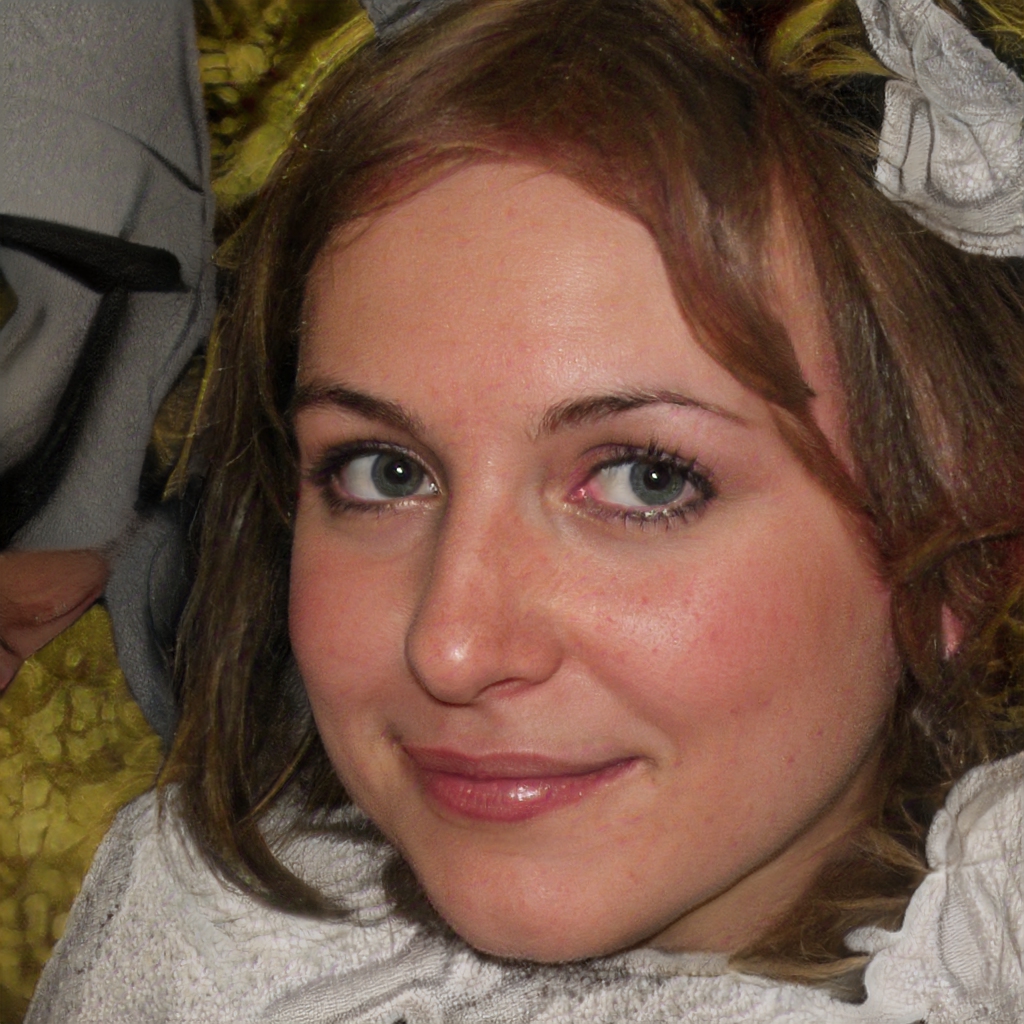The many artificial satellites in orbit pose a danger to us and to the health of space. To solve the problem, scientists have thought of using mushrooms.
Not only the long-standing problem of terrestrial garbage: very soon we will also have to deal with the problem of space junk. According to the latest data, there are about 6,900 artificial satellites in orbit, with the situation destined to worsen in the coming years, when other "clusters of scrap metal" will be launched among the stars in the number of thousands. So much so that from the portholes of the ISS - the last home of humanity now captained by Italian Samantha Cristoforetti - the landscape will become decidedly more crowded, with inevitable collisions, pieces of scrap metal in a state of disrepair and dangerous debris.
Unfortunately, however, researchers seem to have found a solution. And, as is often the case, this one might actually surprise you. In fact, after NASA discovered mysterious mushrooms on Mars, scientists have come up with the idea of using the same material to make the much-troubled satellites. Specifically, Max Justice, who has worked for many years in the space industry, is designing a new type of satellite made of mycelium fibers, the organic material that mushroom roots are made of.
This material was chosen by Justice because it is particularly heat resistant and hard, but at the same time incredibly light and environmentally friendly. Potentially, with the mycelium it is possible to create everything, from the structure of the house to the furniture to furnish them, passing through precisely also for satellites to populate space, which will be able to perform their useful function without the fear that they release substances harmful to us and the environment.
In this way, experts believe that two particularly complex problems will be solved: debris in orbit will be reduced and at the same time the number of toxic materials in our atmosphere will be reduced.
To simplify, we can think of mycelium as a protein-rich agglomerate of fibers, which is extracted from the root structure of fungi - which in turn grow into macrostructures. Once dried, mycelium fibers are lightweight, extremely strong and have a tensile strength comparable to silk. In short, all the credentials to represent a possible answer to space sustainability.
The operation is in full swing, and has been launched in collaboration with the American company known as Setas Mushrooms. Located in Falling Waters, West Virginia, they specialize in growing and supplying fresh, all-organic edible mushrooms. Plus, they grow and supply 0.45/2.25 and 4.5-pound blocks of mycelium, which typically take less than two months to create and can be grown in any shape required. Even the one that will have to travel between the stars to save us from waste.
Andrea Guerriero
